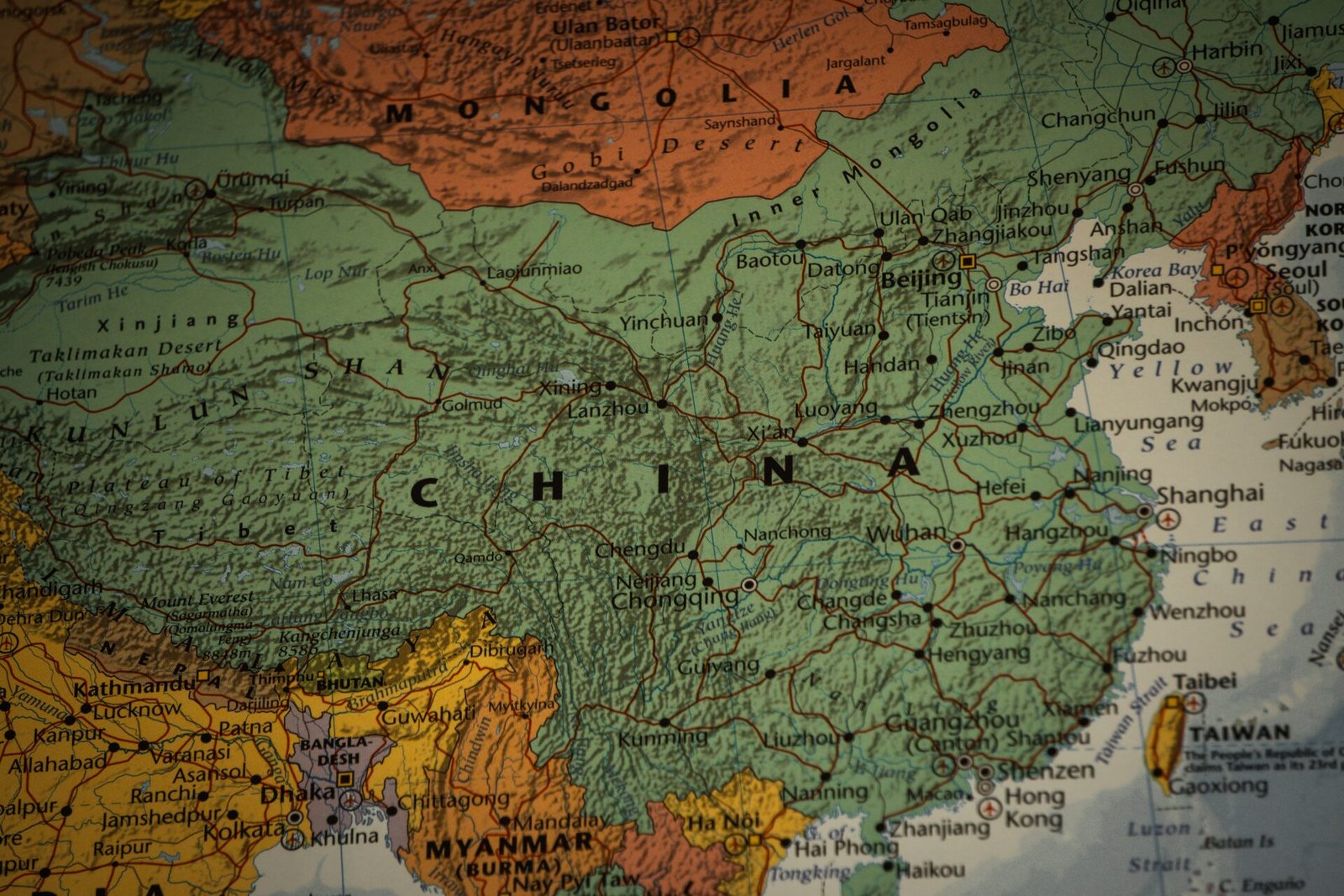Over the past 30 years, multinational companies (MNCs) have been the driving force behind rapid globalization, tapping into global capital and building businesses optimized for global supply and demand, while serving customers worldwide. Among the most remarkable stories of this era is China’s economic transformation, where MNCs played an integral part. Between 1990 and 2019, China’s real GDP grew by almost 10% per year, representing more than a quarter of the world’s GDP growth. MNCs flocked to China during this period, accounting for more than half of the country’s exports at one point and helping bring best practices to China from around the world.
However, recent earthshaking developments such as inflation, a worldwide pandemic, and war have changed MNCs’ global outlook, leading some to suggest that an era of deglobalization is at hand. Nevertheless, we believe that the reality is more nuanced. China continues to offer MNCs large and attractive opportunities, but at the same time, it presents companies with increasingly complex risks. For MNCs in China, the challenge will be to seize the former while managing the latter.
One of the significant opportunities in China is its sheer size, which ensures that it will retain MNCs’ attention. Its GDP is now 18% of the global total, a share equal to the entire European Union’s and second only to that of the United States. Furthermore, China’s big consumer base is becoming even more prodigious, with continued urbanization and the growth of the middle-income group, which will power demand across a broad range of industries. In some industries such as cars, luxury goods, and industrial equipment, the China market already represents 25% to 40% of global revenues, and MNCs in those industries will have no choice but to compete there.
However, MNCs operating in China also face growing risks. For example, China’s population is falling, and it is aging at the fastest pace among the world’s emerging economies. China’s debt-to-GDP ratio is at a historic high, which could generate heavy debt servicing costs and put pressure on overall economic growth. MNCs in China are also exposed to risks from climate change, with Asia as a whole expected to account for more than 75% of the global capital stock that could be damaged from river flooding in a given year.
To seize opportunities and reduce risks, MNCs in China will need to adapt, especially because of the growing local competition they face. MNCs’ share of all revenues earned in China declined from 16% to 10% from 2006 to 2020, and local companies are catching up in innovation-related investment, ramping up their R&D spending more quickly than MNCs. The pandemic has also widened the gap between high-performing and low-performing MNCs.
In conclusion, MNCs operating in China will have to make careful choices to reconfigure their China strategy in six broad areas: capital and ownership, supply chains, innovation, branding, talent, and technology and data. With the right choices, MNCs can continue to thrive in China while managing the growing risks they face.
